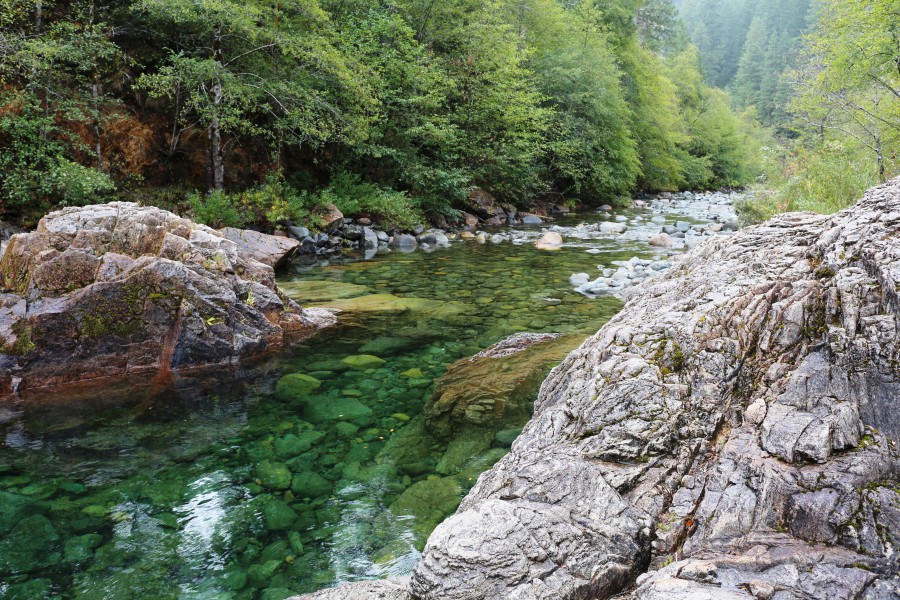By Michael Dotson, Director at KS Wild
The Kalmiopsis region in southwest Oregon is a landscape like none other. It’s red rocks and emerald waters are world-renowned to whitewater enthusiasts. Wild and Scenic Rivers like the Smith, Illinois, and Chetco carve their way from the Siskiyou range, through ancient forests of redwoods and cedars on their way to the coast. It is also home to the most botanically diverse wildlands in all of Oregon.
Last summer, the Bureau of Land Management and US Forest Service took steps to protect this region from the imminent threat of nickel strip mining. A foreign mining company has proposed to strip mine (or the equivalent of mountain top removal) for nickel in the headwaters of the North Fork Smith River and Hunter Creek. A second company is proposing to mine for nickel in the headwaters of the Wild and Scenic Illinois River – a key salmon and steelhead fishery and tributary of the Wild Rogue River.
The US Forest Service has recently completed an Environmental Analysis to extend short-term protections for 100,000 acres of public forests and wild rivers in these mostly pristine watersheds. With short-term protections, a coalition of conservation advocates is also working to secure permanent protection via the Southwest Oregon Watershed and Salmon Protection Act.
What’s at stake? Clean water for communities downstream, like Crescent City and Cave Junction, as well as some of the most viable wild salmon and steelhead runs left on the Pacific Coast.
Please sign on to the petition to protect the wild rivers of the Kalmiopsis region before May 27th. To learn more about conservation efforts in the Kalmiopsis, visit kswild.org.



